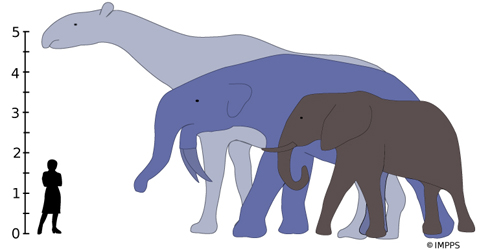Yale-led Team Finds CO2 Levels Plunged as Antarctica Froze
A Yale University-led research team has found evidence that carbon dioxide levels in Earth’s atmosphere plunged prior to and during the initial icing of Antarctica, about 34 million years ago. The new findings provide further evidence of atmospheric carbon dioxide’s role as a major trigger of global climate change.
“CO2 is tracking global cooling at that time,” said Yale geochemist Mark Pagani, lead author of a paper published online Dec. 1 in the journal Science. “It’s important to demonstrate that there are obvious linkages between CO2 and climate change. It’s one more piece of evidence that CO2 is a primary lever on climate.” (more…)

